Season 2010 wrap: A Classic Spring
A photo gallery of the best moments and big winners
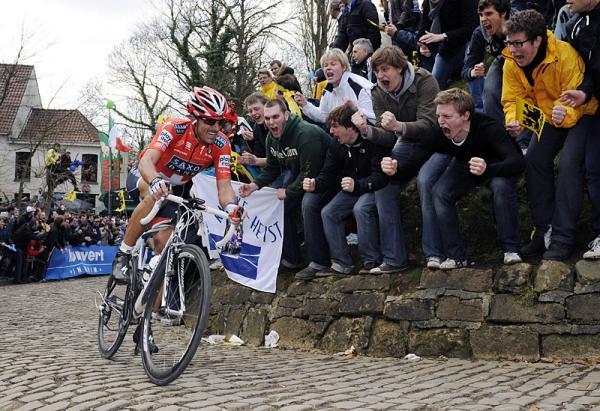
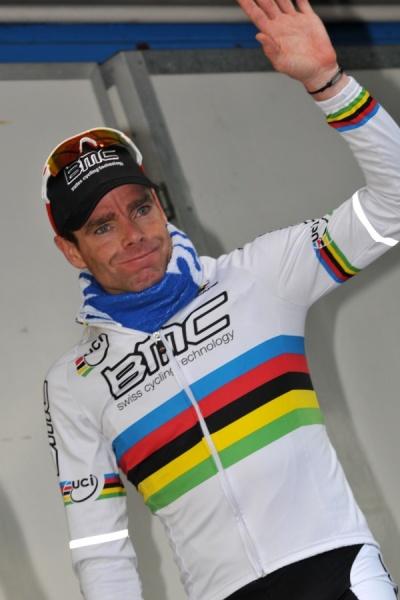
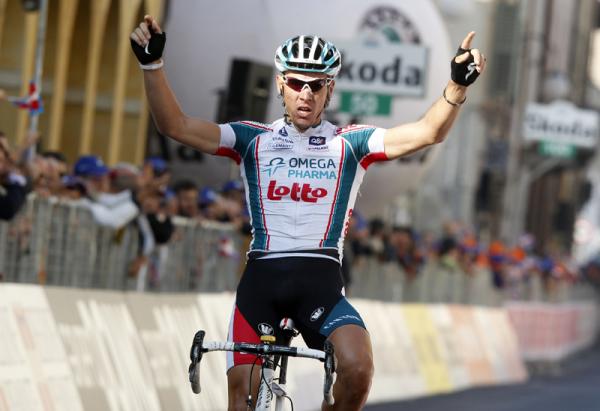
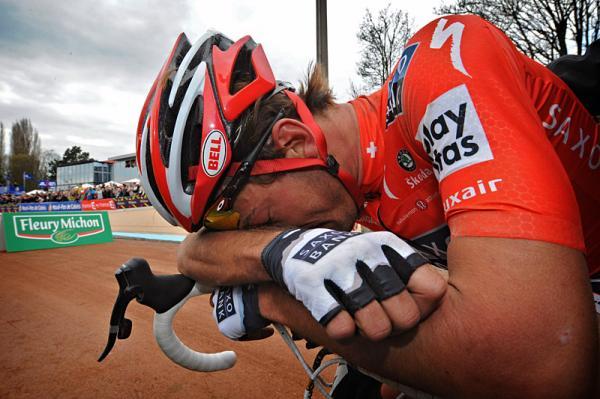
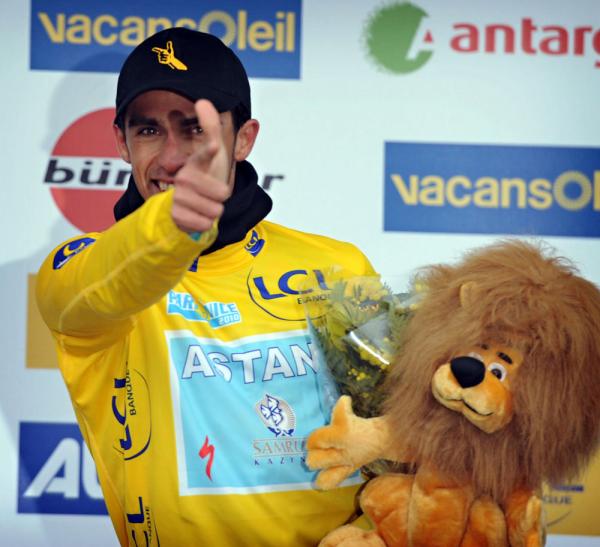
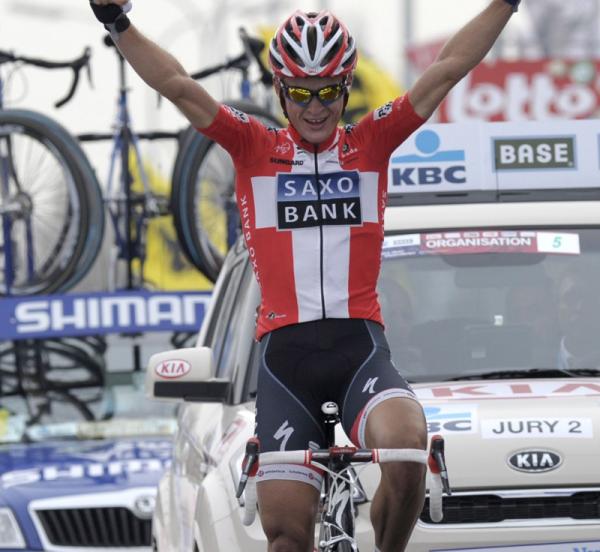
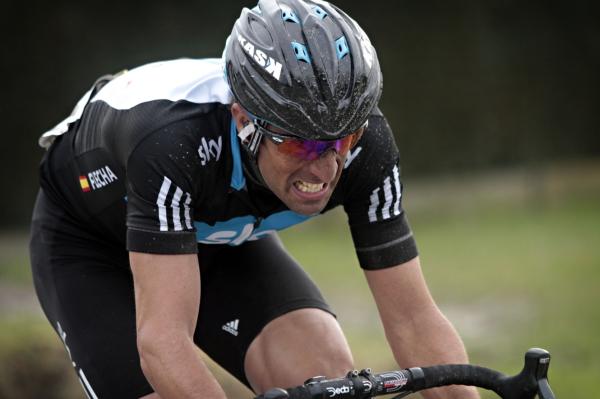
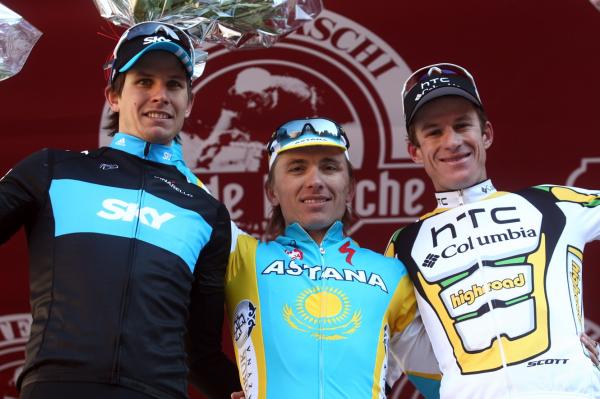
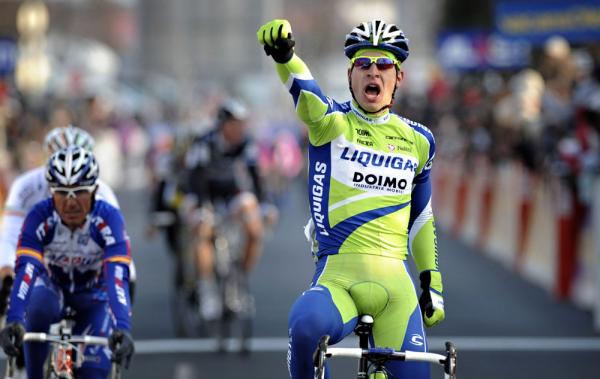
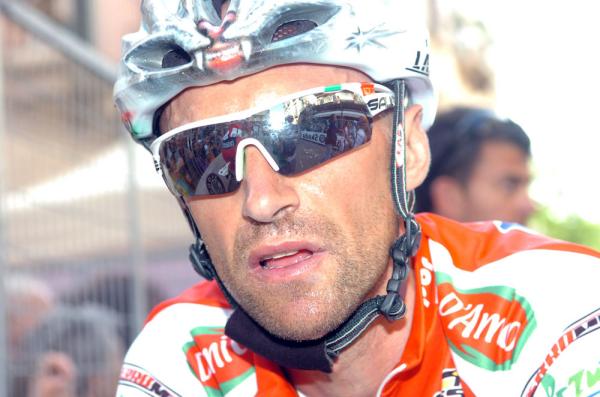
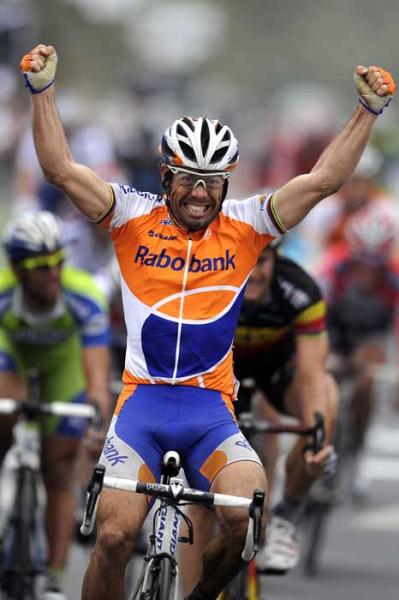
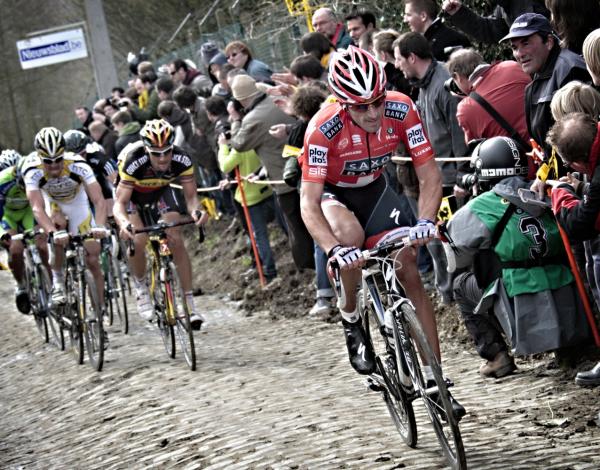
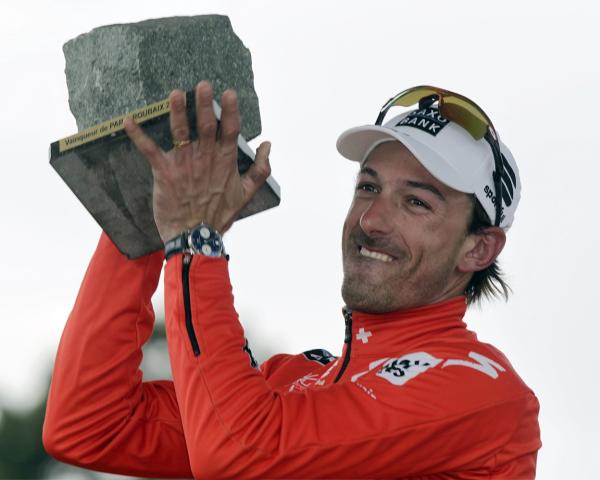
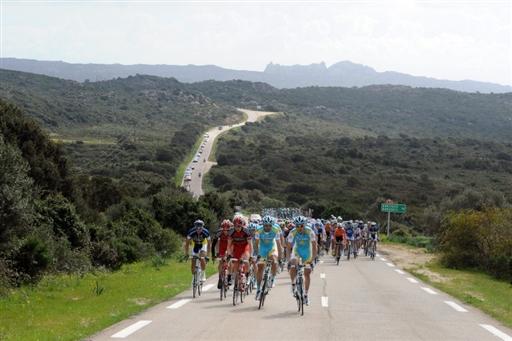
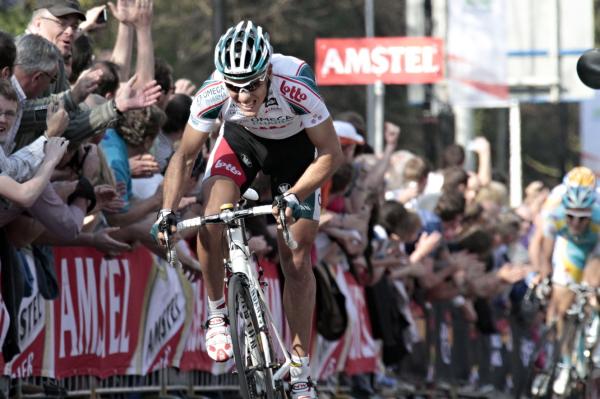
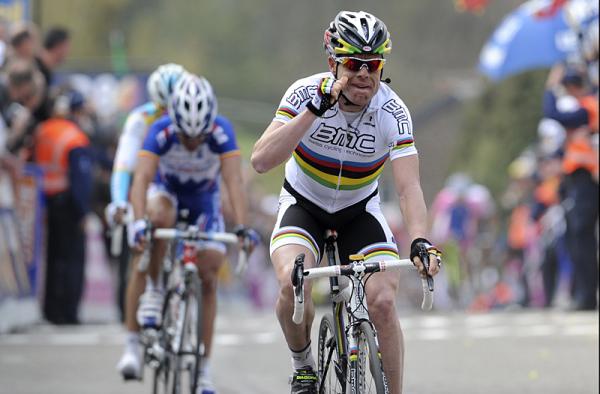
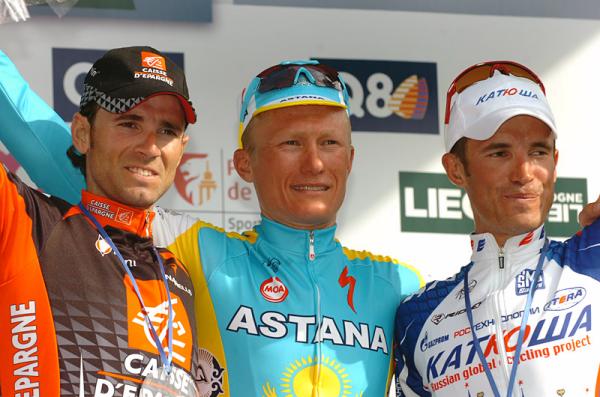
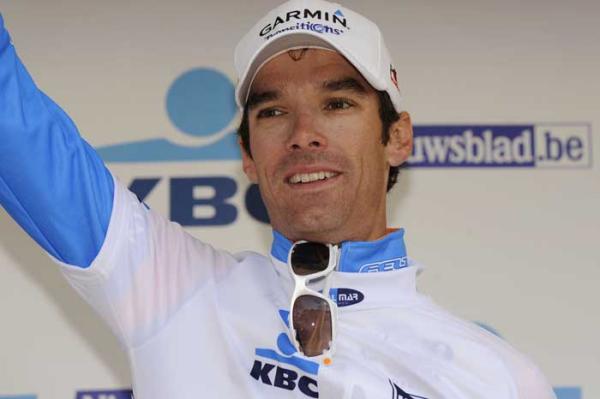
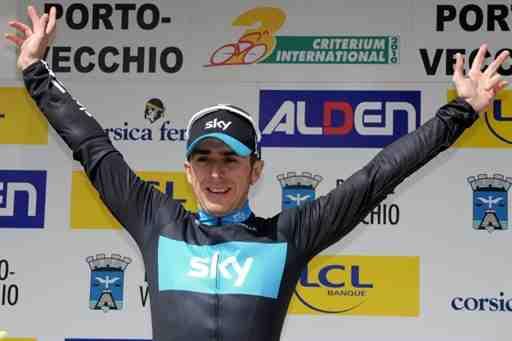
It's been another season of memorable moments and great races. After the first of Cyclingnews' six-part retrospective of the 2010 season, we now look back at the Spring, remembering the spectacular racing on the cobbles, the hilly Ardennes classics and the early stage races pack out two months of racing.
Omloop Het Nieuwsblad was held on February 28 this year and traditionally marks the start of the Belgian classics season. From here onwards, the weather would get warmer but the racing would be longer, harder and faster.
Juan Antonio Flecha laid out Team Sky's intentions by winning Omloop Het Nieuwsblad with a lone attack but unfortunately for the new British super team, it was about as good as it got, with an Achilles heal injury hampering Edvald Boasson Hagen's Spring.
After an early taste of Belgium, the riders headed to France for Paris-Nice and Italy for Tirreno-Adriatico in early March. The two stage races offer alternative roads to Milan-San Remo and the Classics, with most of the sprinters again opting for the warmer weather in Italy.
In France Alberto Contador (Astana) sealed victory on the Promenade des Anglais (below) but had to fight for it against an aggressive Alejandro Valverde (Caisse d'Epargne), who finished just 11 seconds down overall. The apparent weakness of Contador's Astana team sparked speculation about what would happen at the Tour de France but little did we known then how the Tour and the season would unfold.
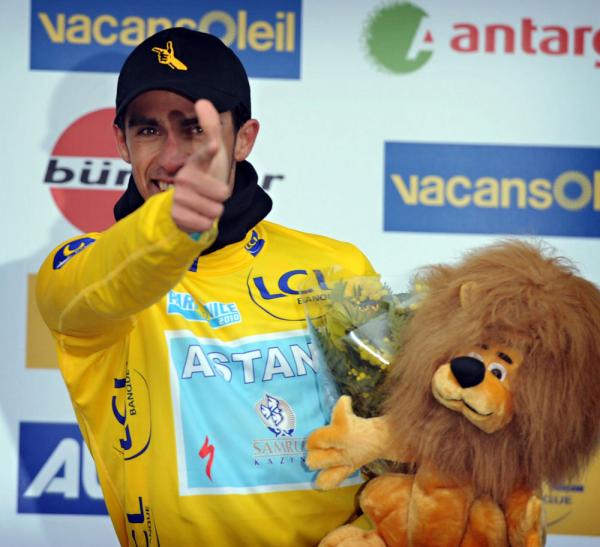
Superstar riders and superb races
Perhaps the real revelation of Paris-Nice and perhaps of the season was 20 year-old Peter Sagan (Liquigas-Doimo) who won two stages thanks to some aggressive late attacks. He would later win two stages at the Amgen Tour of California and finish second in Philadelphia and at the new GP Cycliste de Montreal ProTour race.
Get The Leadout Newsletter
The latest race content, interviews, features, reviews and expert buying guides, direct to your inbox!
Before tackling Tirreno-Adriatico, most of the peloton also rode the Montepaschi Strade Bianche race on the dirt roads of central Tuscany. In just four years the race has become a semi-classic because of the hilly farm track that climbs through the Chianti vineyards. It creates a stunning backdrop for a tough race and Maxim Iglinsky (Astana) added his name to the list of winners.
At Tirreno-Adriatico Linus Gerdemann (Milram), Tom Boonen (Quick Step), Daniele Bennati (Liquigas-Doimo), Enrico Gasparotto (Astana) and Boasson Hagen all won stages at but Mark Cavendish (HTC-Columbia) continued to struggle after his dental problems during the winter.
Stefano Garzelli (Acqua & Sapone) secured overall victory and so lifted the massive trident-shaped trophy thanks to picking up a precious time bonus and beating Michele Scarponi (Androni Giocattoli) because of better stage placings. Cadel Evans (BMC) was third as everyone's attention turned to Milan-San Remo.
The sport's longest classic again ended in a sprint after the late attacks on the Cipressa and Poggio climbs were pulled back. Oscar Freire (Rabobank) emerged on the right of the road and blasted past Tom Boonen (Quick Step), Alessandro Petacchi (Lampre-Farnese Vini), Sacha Modolo (Colnago - CSF Inox) and Daniele Bennati (Ita) Liquigas-Doimo. He is a three-time world champion and became a three-time Classicissima winner.
Cobbled Classics
As March became April, the stage race riders headed to Spain, Corsica and Italy for the Volta a Catalunya, Criterium International - where Contador and Lance Armstrong (RadioShack) raced as rivals for the first time since the 2009 Tour - and the Settimana Internazionale Coppi & Bartali, where Riccardo Riccò made his return from a doping ban.
The cobbled Classics riders headed north to Belgium for the reshuffled calendar of races. Dwars door Vlaanderen was a mid-week warm-up before the E3 Prijs Vlaanderen-Harelbeke and Gent-Wevelgem served up an opening double whammy of racing.
Matti Breschel won Dwars door Vlaanderen (below) but Fabian Cancellara re-established the hierarchy at Saxo Bank by dominating the E3 Prijs Vlaanderen-Harelbeke with a late attack that stunned both Boonen and Flecha. Bernhard Eisel (HTC-Columbia) was a surprise but deserving winner of Gent-Wevelgem, beating Sep Vanmarcke (Topsport Vlaanderen), Gilbert, George Hincapie (BMC) in the sprint.
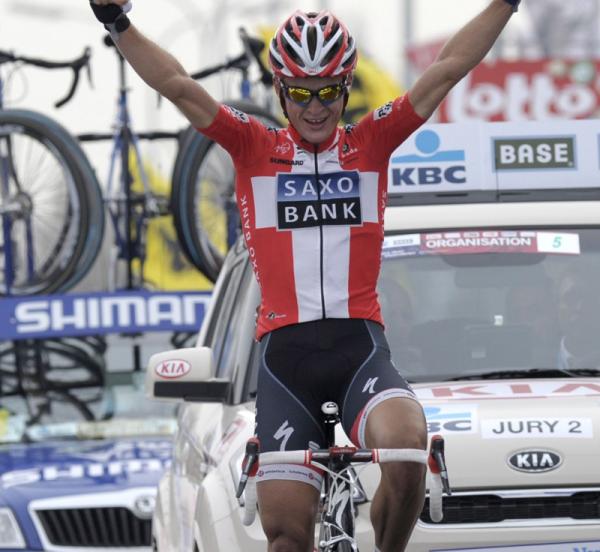
David Millar battled the cold and rain and then won the final time trial stage to take overall victory at the Three Days of La Panne. Most of the big names wisely kept their powder dry for the Tour of Flanders on Easter Sunday.
Boonen and Cancellara were the big favourites for the Ronde van Vlaanderen and proved it by going clear of the other contenders on the Molenberg, with 40km still to race. Cancellara then stepped on the gas, dropping Boonen on the Kapelmuur and time trialing to victory. Grace Verbeke (Lotto Ladies Team) pulled off a similar move to win the women's version of the race a couple of hours earlier.
"Going on the Molenberg was the right moment and then I had to try on the Muur because that's where the legend and history of this race are made," Cancellara said. "When I realised I'd dropped Boonen it was like having wings on my feet and kept going all the way to the finish."
Those wings would later lead to speculation and video clips that Cancellara may have benefited from a small motor hidden in his bike. He laughed off the claims, saying, 'My body is my motor' but the UCI later introduced bike x-ray machines to stop possible 'bike doping'.
However they were introduced after Cancellara also dominated Paris-Roubaix, where he surged clear alone yet again near the long Mons-en-Pévèle section of pavé. It was more than 50km from the Roubaix velodrome but Cancellara had the speed and power to stay away and win by two minutes ahead of Thor Hushovd (Cervélo TestTeam), who beat Flecha in the sprint for second place.
The Ardennes
All the major teams stayed in Belgium but the riders changed as the Ardennes classics began, with the climbers and stage racers replacing the sprinters and cobblestone experts.
Philippe Gilbert is one of the few riders with the ability to challenge on both terrains and unite the Flemish-and French-speaking cycling fans. He proved his multi-talents by winning the Amstel Gold Race. He started as favourite and lived up to the billing, beating Ryder Hesjedal (Garmin-Transitions) and Enrico Gasparotto (Astana) at the top of the Cauberg.
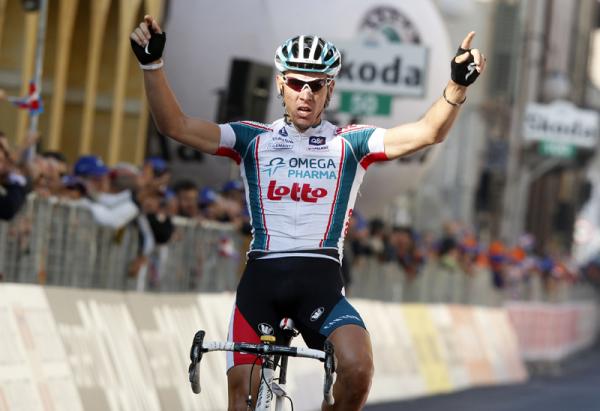
Some riders struggled to make it north after the Tour of the Basque Country and the Vuelta a Castilla y Leon because of the huge ash cloud created by the Eyjafjallajökull volcano. Contador won in Spain but was forced to drive across France to make it in time for his first ever appearance at Fleche-Wallonne.
The Spaniard almost won atop the Mur de Huy after a thrilling race but mistimed his final surge and was passed by world champion Cadel Evans (BMC) who proudly showed his rainbow stripes as he hit the line. Joaquin Rodriguez Oliver (Katusha) was third.
The attention quickly turned to the weekend's Liége-Bastogne-Liége - La Doyenne - the oldest of the classics, and now the final one-day monument of the Spring. Gilbert, Contador and Evans were considered the favourites but Alexandre Vinokourov (Astana) outmanoeuvred them all and Alexandr Kolobnev (Katusha) to win alone.
He had won the four-day Giro del Trentino stage race in Italy on the Friday, beating Riccò by 0.14 of a second, but still had the strength to win the last classic of the Spring.
Vino was booed by a small part of the crowd at the finish but shrugged off criticism and suspicion. It was not a good end to two months of great racing.

Stephen is one of the most experienced member of the Cyclingnews team, having reported on professional cycling since 1994. He has been Head of News at Cyclingnews since 2022, before which he held the position of European editor since 2012 and previously worked for Reuters, Shift Active Media, and CyclingWeekly, among other publications.